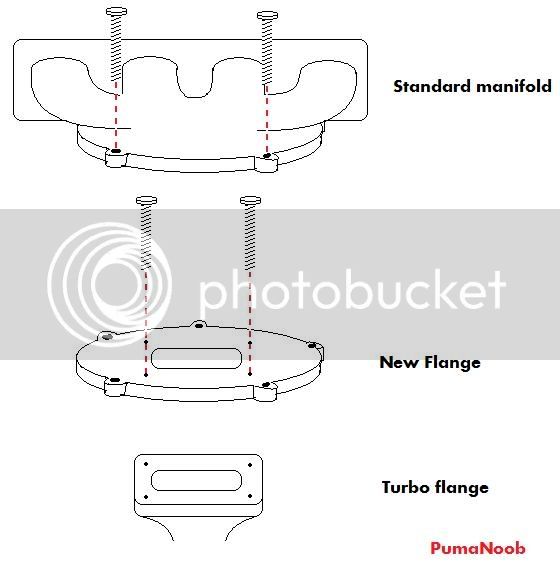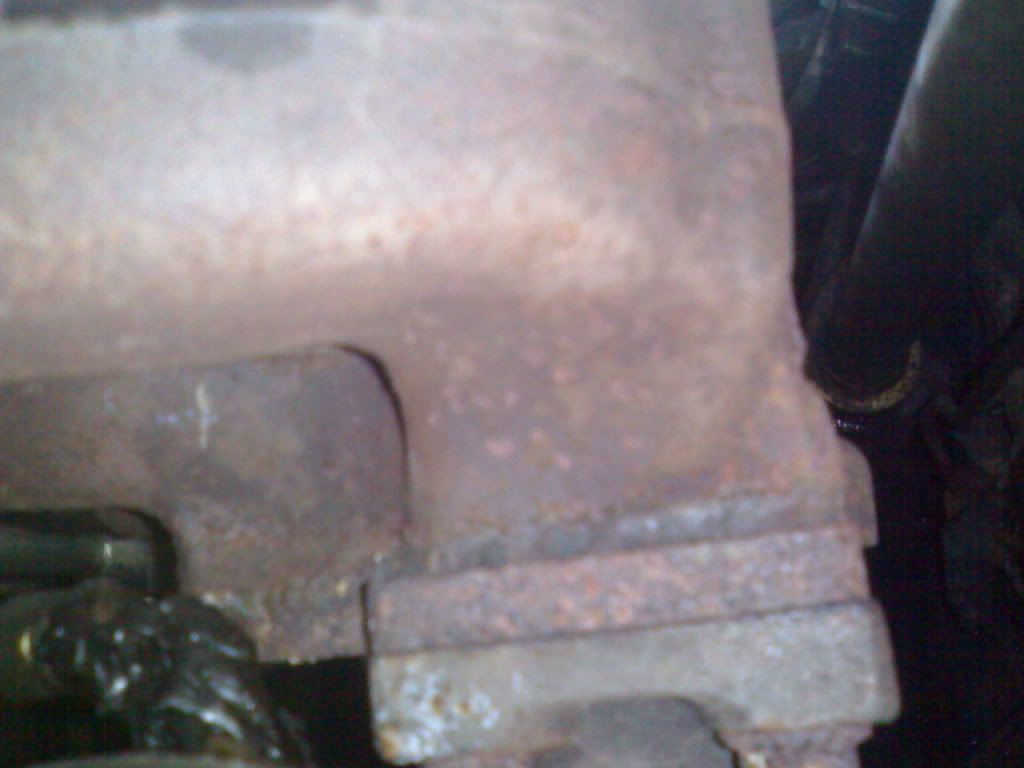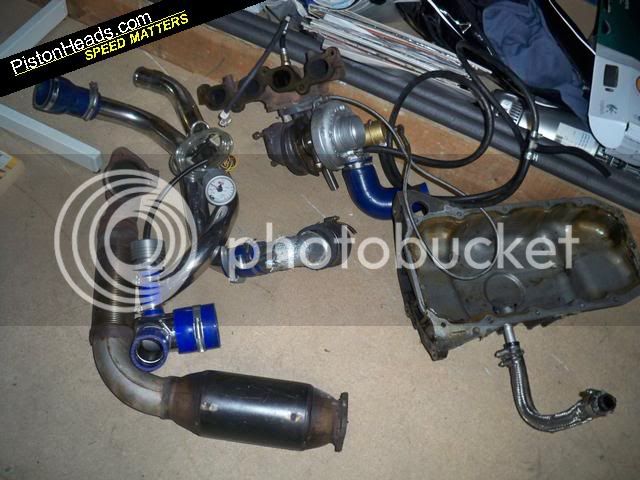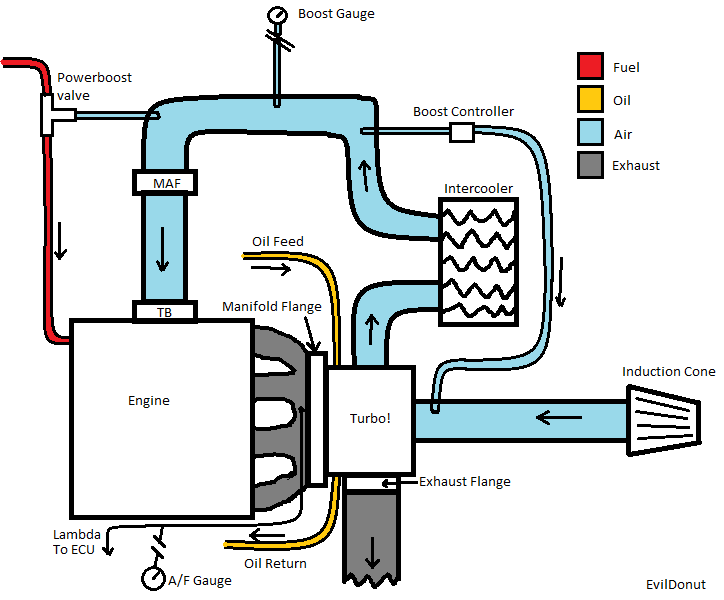EvilDonut
New member
I've been looking into getting a bit of forced induction on the puma, on the cheap of course  The direction I want to go is something like:
The direction I want to go is something like:
-Eaton M45 Supercharger
-Replace aircon unit
-Low boost setup (keep it 5psi or below)
-No intercooler (keeps it simple! no i/c is fine for low boost)
Questions:
1) Is the Eaton M45 suitable? I want low boost, so is there a smaller s/c available if the M45 is overkill?
2) Can the engine take it with stock internals? It currently runs 10.3:1 compression ratio which is quite high, with 4psi boost that makes 12.7:1 or so, meaning 5psi is probably unsafe! What c/r can the engine take?
3) If not, is a decompression plate the best(cheapest/easiest) way to go? I read a 2mm decomp plate gives 8.5:1, that might make things easier but is that a bit low considering my low boost setup, as each 1 drop = 5% drop in power? So maybe 1mm?
4) Should I go for higher boost? I've been assuming that low boost is essential for simplicity/engine safety but this might not be the case, espcially if I go and get a decomp plate.
5) What modifications(if any) are necessary for the fuel injection system? I'm thinking 5th injector(like BlackKnight suggests) or an FMU
6) Will I need to modify the throttle body/MAF assembly to put lips on the connectors? I forget if they have them already, but for boosted induction lips are needed right?
7) Will I need a dump valve at all? They are more for turbos from what I understand.
8.) Would I need a different (or even custom made) pulley to achieve the correct boost?
9) What route should the pipes/hoses take? Its a pain as the a/c is on the opposite side to the throttle body intake.
Thats all I can think of for now!
Oh by the way, has anyone looked into electric superchargers? There are a lot of obvious fakes out there but one or two viable looking ones. Any opinions on these? If they are genuine then electrics offer massive advantages (low lag rpm-independant full boost, get to keep air con)! An example of a genuine-looking one: http://www.turbomagazine.com/tech/0406tur_knight_turbo_electric_supercharger/index.html
-Eaton M45 Supercharger
-Replace aircon unit
-Low boost setup (keep it 5psi or below)
-No intercooler (keeps it simple! no i/c is fine for low boost)
Questions:
1) Is the Eaton M45 suitable? I want low boost, so is there a smaller s/c available if the M45 is overkill?
2) Can the engine take it with stock internals? It currently runs 10.3:1 compression ratio which is quite high, with 4psi boost that makes 12.7:1 or so, meaning 5psi is probably unsafe! What c/r can the engine take?
3) If not, is a decompression plate the best(cheapest/easiest) way to go? I read a 2mm decomp plate gives 8.5:1, that might make things easier but is that a bit low considering my low boost setup, as each 1 drop = 5% drop in power? So maybe 1mm?
4) Should I go for higher boost? I've been assuming that low boost is essential for simplicity/engine safety but this might not be the case, espcially if I go and get a decomp plate.
5) What modifications(if any) are necessary for the fuel injection system? I'm thinking 5th injector(like BlackKnight suggests) or an FMU
6) Will I need to modify the throttle body/MAF assembly to put lips on the connectors? I forget if they have them already, but for boosted induction lips are needed right?
7) Will I need a dump valve at all? They are more for turbos from what I understand.
8.) Would I need a different (or even custom made) pulley to achieve the correct boost?
9) What route should the pipes/hoses take? Its a pain as the a/c is on the opposite side to the throttle body intake.
Thats all I can think of for now!
Oh by the way, has anyone looked into electric superchargers? There are a lot of obvious fakes out there but one or two viable looking ones. Any opinions on these? If they are genuine then electrics offer massive advantages (low lag rpm-independant full boost, get to keep air con)! An example of a genuine-looking one: http://www.turbomagazine.com/tech/0406tur_knight_turbo_electric_supercharger/index.html




